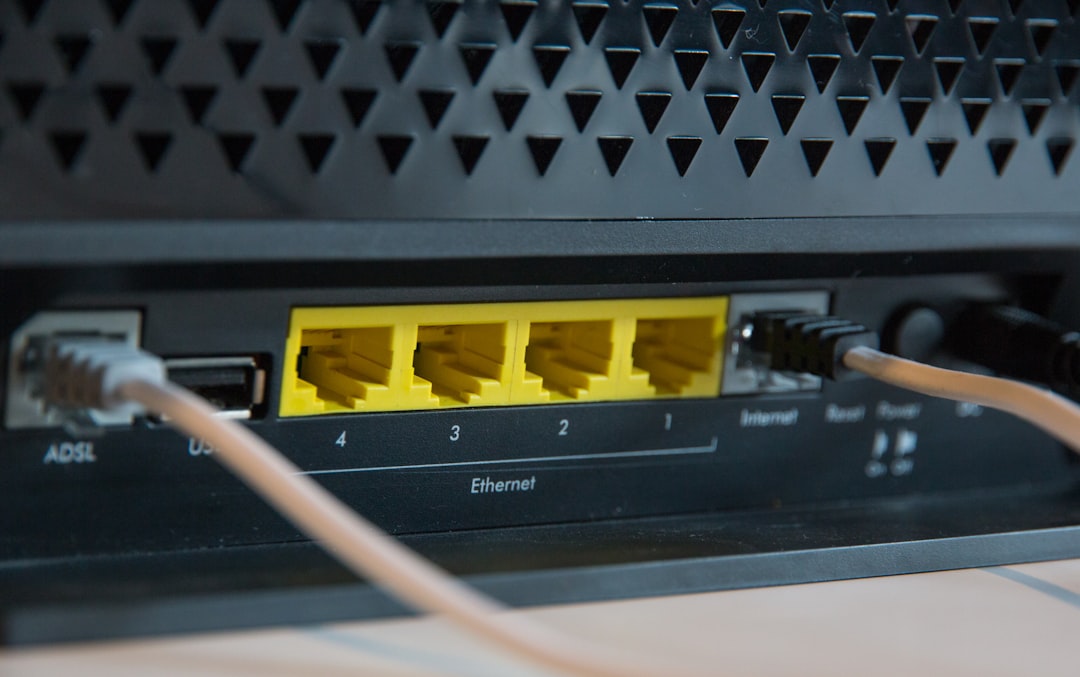In modern networking, ensuring devices can communicate seamlessly while maintaining efficiency and security is essential. Two fundamental technologies often used in IP address management and device connectivity are Dynamic Network Address Translation (NAT) and the Dynamic Host Configuration Protocol (DHCP). While they both relate to IP addresses, their purposes and mechanisms differ considerably. Understanding the distinction between them will help demystify how networks handle IP traffic and manage resource allocation.
Let’s dive into what each of these technologies does, how they differ, and how they complement each other in a typical networking environment.
Understanding Dynamic NAT
Dynamic NAT is a method of translating private, internal IP addresses into public IP addresses. It is commonly used by routers and firewalls that connect multiple devices in a private network (like a home or office) to the public Internet. With dynamic NAT, a pool of public IP addresses is maintained, and internal IP addresses are mapped to public ones temporarily as needed.
Here’s how dynamic NAT works in a nutshell:
- The internal device initiates a connection to the outside (e.g., accessing a website).
- The router assigns an available public IP from its pool for the duration of the session.
- Once the session ends, that public IP becomes available again for another internal device.
Dynamic NAT helps conserve public IP addresses and provides some level of anonymity, as the internal structure of a network remains hidden. However, it doesn’t retain a permanent mapping between internal and external addresses.

Understanding DHCP
Dynamic Host Configuration Protocol (DHCP), on the other hand, automatically assigns IP addresses to devices (also known as hosts) on a network. Instead of requiring manual configuration of IP addresses, DHCP servers ensure every device gets a unique address when it connects to the network.
Key functions of DHCP include:
- Assigning IP addresses to new devices joining the network.
- Providing additional configuration details like subnet mask, default gateway, and DNS servers.
- Managing leases so addresses are recycled and available when devices leave the network.
This automation makes network management much more efficient, especially in environments with many users or rapidly changing devices like offices, schools, or public Wi-Fi spots.
Key Differences Between Dynamic NAT and DHCP
Though both deal with IP addressing, dynamic NAT and DHCP serve completely different roles. Here’s a side-by-side comparison for clarity:
| Feature | Dynamic NAT | DHCP |
|---|---|---|
| Primary Purpose | Translates private IP addresses to public IPs for external communication | Assigns private IP addresses to devices within a network |
| Operates On | Router or firewall | DHCP server or router with DHCP functionality |
| Scope | Manages IP use for outbound connections to the Internet | Manages IP identity of devices within a network |
| Translation Needed? | Yes – maps internal to external addresses and vice versa | No – simply provides IP configuration |

How Do They Work Together?
Interestingly, dynamic NAT and DHCP often complement each other in a network setup. When a device like your laptop connects to a Wi-Fi network, the DHCP server assigns it a private IP. Then, when your laptop reaches out to a website, your router uses dynamic NAT to translate that private IP to one of its external IPs.
This dynamic duo allows large numbers of devices to efficiently use a limited pool of public IP addresses while staying properly configured internally.
Conclusion
Both Dynamic NAT and DHCP are crucial for modern networking, but they tackle different sides of the IP world. DHCP focuses on allocating and managing internal addresses, making life easier for users and administrators. Dynamic NAT, on the other hand, is about enabling those internally-configured devices to access the outside world securely and efficiently.
Understanding how these technologies work, and how they differ, is a foundational step toward mastering network administration and design. Whether you’re managing a small home network or a sprawling enterprise setup, you’ll be working with both DHCP and NAT to keep everything running smoothly.

